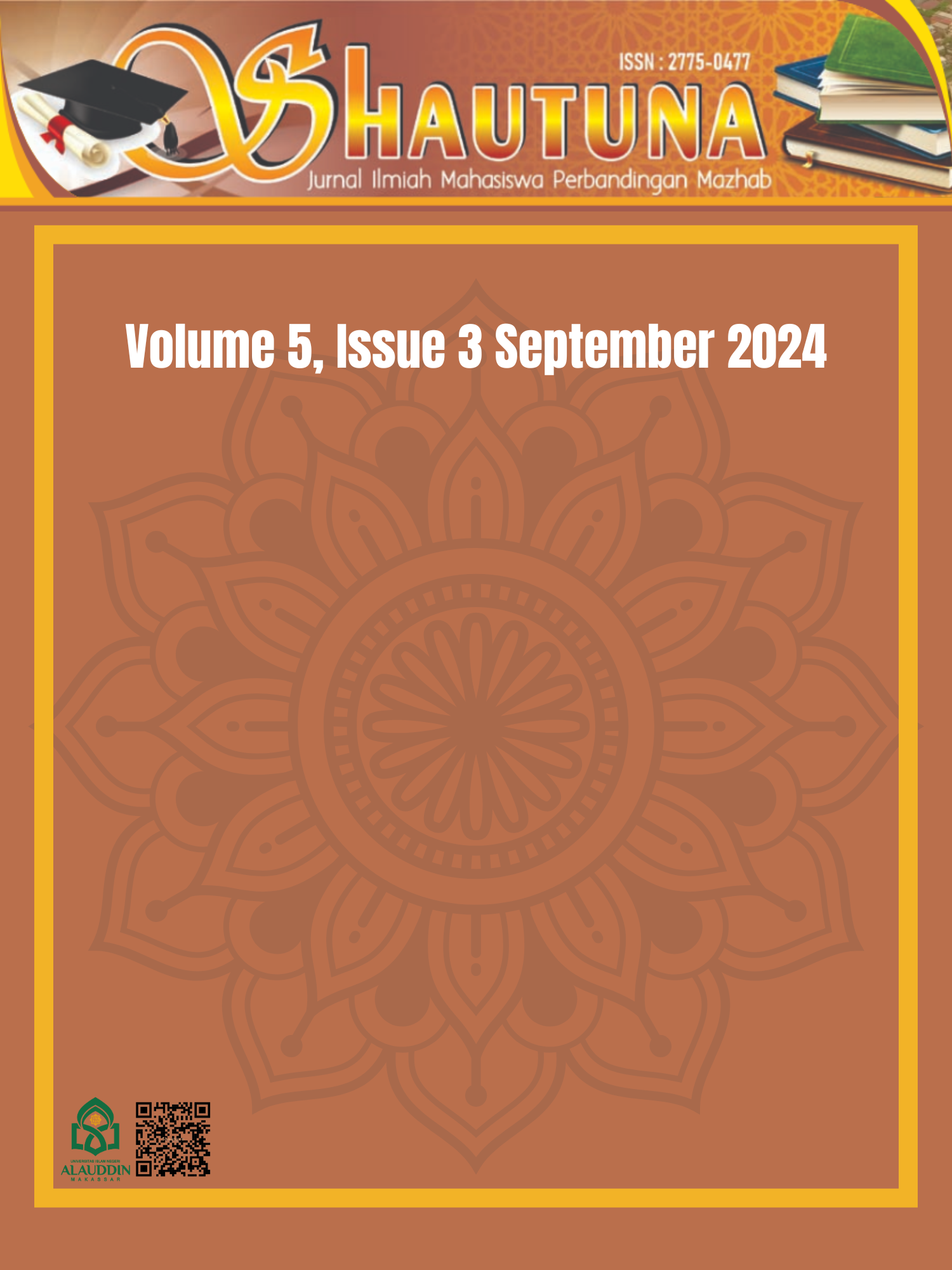Photographing People Without Permission in the Practice of Street Photography in Makassar City
A Comparative Study of Positive Law and the School of Fiqh
DOI:
https://doi.org/10.24252/shautuna.v5i3.46447Keywords:
Photographing People Without Permission, Street Photography Practice, Positive Law, School of FiqhAbstract
This journal discusses Photographing People Without Permission in Street Photography Practices in Makassar City (Comparative Study of Positive Law and the School of Jurisprudence) which aims to provide deeper insight into controversial issues in street photography, explore the underlying ethical and legal values, and consider the social and cultural implications of this practice. The results of this research can also be useful for photographers, legal practitioners and the general public in respecting individual privacy and understanding the ethical boundaries of photographing people in public spaces. This type of research is qualitative research. This research was carried out in Makassar City. The population in this research are photographers, the general public, legal experts and jurisprudence experts. The sample in this research was 10 people using field research methods, where researchers collected data through interviews with street photographers, legal practitioners and Islamic jurisprudence scholars. The results of this research show that there are still many photographers who don't realize that permission is very important, they think that as long as it doesn't disturb or harm other people, it doesn't matter if they don't ask for permission, even though permission is important to create a sense of security for street photography practitioners because they can do it safely. utilize the results of their work as described in the provisions of article 12 paragraph (1) of Law of the Republic of Indonesia Number 28 of 2014 concerning Copyright) and the person who is the object of street photography feels safe because their privacy is protected. The implications of this research are to increase information and awareness for fellow photographers regarding the ethics of taking pictures of someone in the practice of street photography.
References
Creswell, John W. Research Design: Qualitative, Quantitative and Mixed Methods Approaches. London: SAGE Publications, 2003.
Dwika, Nurtati, Emmi Siregar, and Irda Pratiwi. “Perlindungan Potret Untuk Promosi Tanpa Izin Pihak Terkait Berdasarkan Undang-Undang Nomor 28 Tahun 2014.” JURNAL RECTUM: Tinjauan Yuridis Penanganan Tindak Pidana 2, no. 1 (January 7, 2020): 20. https://doi.org/10.46930/jurnalrectum.v2i1.388.
Gunawan, Agnes Paulina. “Genre Fotografi Yang Diminati Oleh Fotografer Di Indonesia.” Humaniora 5, no. 2 (2014): 1234. https://doi.org/10.21512/humaniora.v5i2.3266.
Julian, Agung, O.K. Saidin, and Jelly Leviza. “Pelaksanaan Pemotretan Diri Seseorang Tanpa Izin Untuk Kepentingan Komersial (Studi Putusan Ma No. 262.K.Pdt.Sus/Hki/2016).” Ilmu Hukum Prima (IHP) 5, no. 1 (2022): 48–57. https://doi.org/10.34012/jihp.v5i1.2177.
Downloads
Published
How to Cite
Issue
Section
License
Copyright (c) 2024 Muhammad Wildhan Hidayat, Darsul S Puyu

This work is licensed under a Creative Commons Attribution 4.0 International License.









